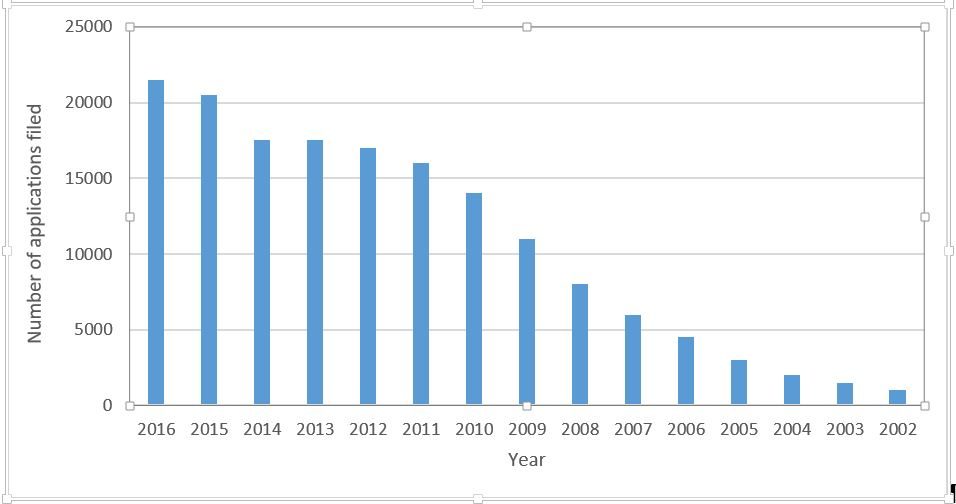26/04/2019
In recent years, climate change has gone from a fringe topic to one of the most widely publicised issues of our time. This increased awareness has led to growing demand from consumers for ways to generate clean renewable energy that is affordable and reliable.
Alongside the increasing commercial demand, we have seen an increased international effort to mitigate the effects of climate change. For example, in 2015, during the United Nations Climate Change Conference held in Paris (“COP 21”), a landmark global agreement on the reduction of climate change known as the Paris Agreement was negotiated. The central goal set by this accord was to limit global warming to “well below 2°C” (Celsius) compared to pre-industrial levels.
Despite this, the most recent Emissions Gap Report released by the UN at the end of 2018 showed that countries around the world are failing to meet emissions targets necessary to stay within the 2°C threshold. This is a clear indication that countries have not made sufficient progress towards generating power from renewable sources.
One reason for this could be that technology has lagged behind demand; as the pressure for cheaper, more efficient sources of clean energy has increased both commercially and politically, it could be that current sources of renewable energy have not been able to keep up. As a result, one may expect high levels of innovation in this sector as businesses seek to capitalise on increasing levels of government investment and consumer demand.
To investigate this, we decided to have a look at the number of patent applications directed to renewable energy generation across the major sectors: solar, wind, hydroelectric, geothermal and biomass. Patents are a good indicator of genuine commercial interest in a technology. Thus, if there is a concerted effort being made by businesses to improve renewable technology, we would expect this to be reflected in the number of patent applications being filed in this area in recent years.
More specifically, we looked at the global number of patent applications directed to renewable energy generation that have been filed between 2002 and 2016. We did this by performing a key word search using a public patent database, which, while fairly high level, nicely captured the overall filing trends within the sector. The filing numbers are shown in the graph below.

Over this period, there has been a year-on-year increase in the number of patent applications being filed. When we broke this down according to the specific sectors, we saw that the vast share of innovation is happening in wind power and solar power generation. However, all of the main sectors saw year-on-year increases in patent filings, suggesting innovation is happening across all areas of renewable energy generation.
These numbers seem to provide some confirmation that companies are investing heavily in this field of technology. The trend we can see from the figure is consistent with companies that are seeking to bring new, improved renewable energy technology to market and are building patent portfolios to protect their commercial position.
Thus, whilst the news about climate change continues to be broadly negative, it seems we can take some solace in the fact that technology appears to be responding to the challenge.
This article is for general information only. Its content is not a statement of the law on any subject and does not constitute advice. Please contact Reddie & Grose LLP for advice before taking any action in reliance on it.


